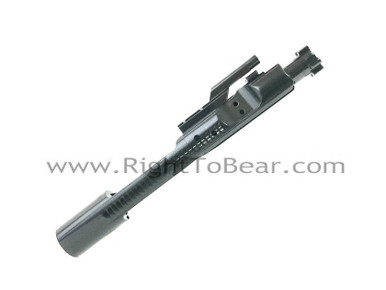Keyword phrase for the article about about 9310............"when appropriately treated".
Which, due the highly commercialized use & HT'd by every Tom, Dick & Harry with a furnace, means it's not a universally consistent & as rigidly controlled as C-158.
When it's good, it's good. When it's not it's not.....................so the odds of getting good product is expotentially increased by only buying from a tried & true source with a good rep in the parts industry. Who maybe does some actual QC testing.
I deal with materials & coatings daily.
MM
Which, due the highly commercialized use & HT'd by every Tom, Dick & Harry with a furnace, means it's not a universally consistent & as rigidly controlled as C-158.
When it's good, it's good. When it's not it's not.....................so the odds of getting good product is expotentially increased by only buying from a tried & true source with a good rep in the parts industry. Who maybe does some actual QC testing.
I deal with materials & coatings daily.
MM
Last edited:



